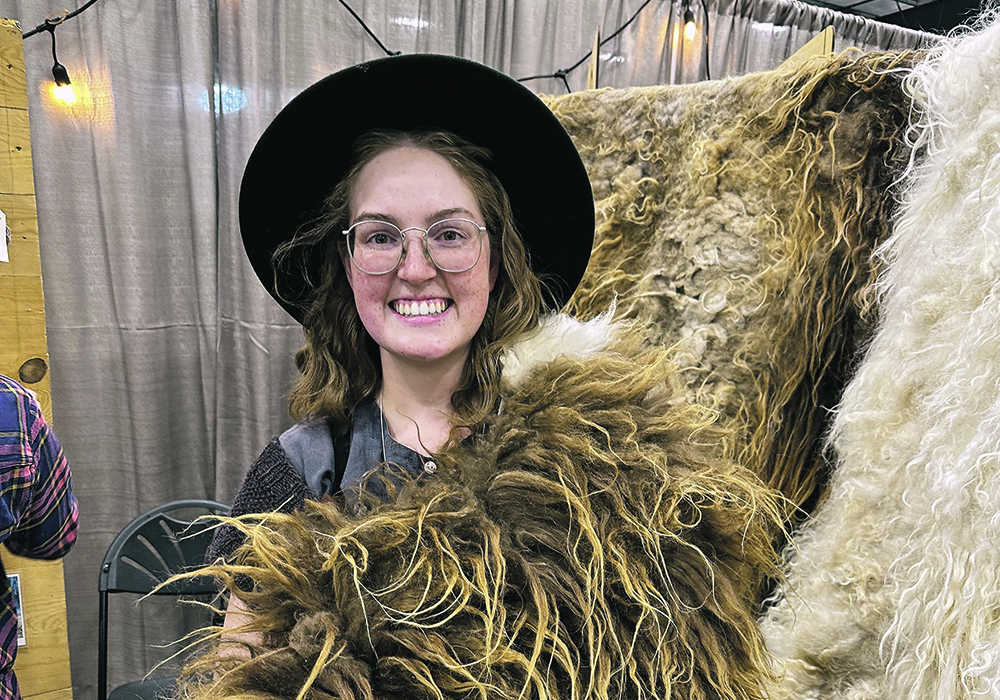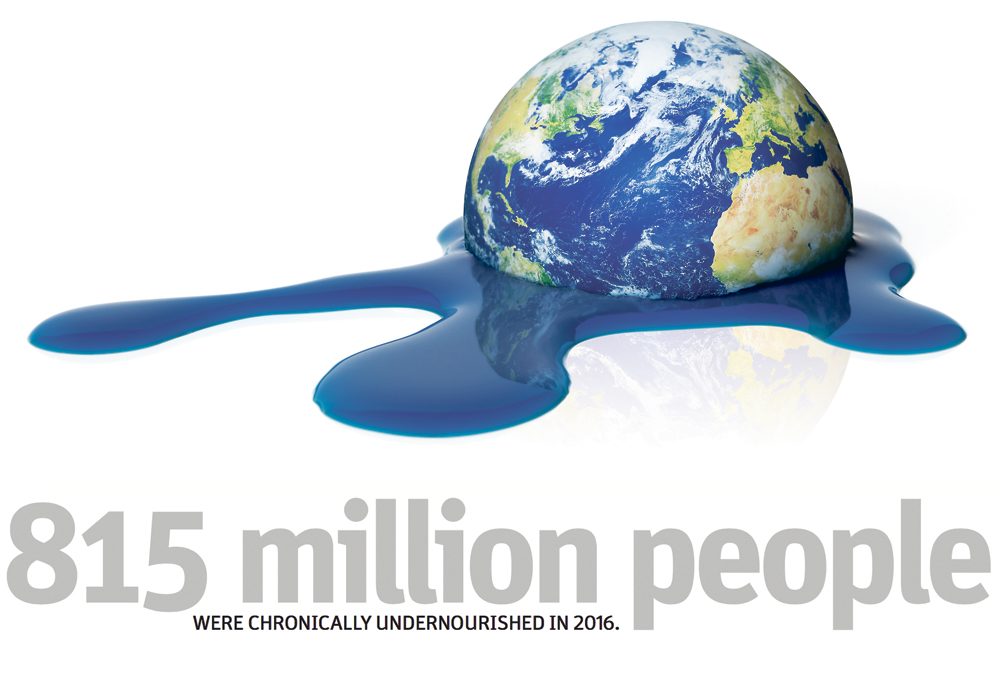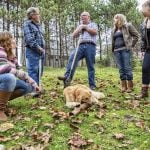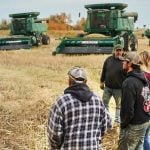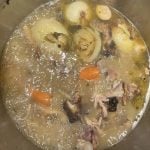Event highlights wool sustainability, textile skills and sheep breeds, including the 2024 breed of the year: Icelandic sheep
The wool industry believes it has good ammunition to support product sustainability. Wool is a natural fibre, grows back and is harvested from grazing animals whose management can benefit soil health, biodiversity and carbon sequestration.
It’s even more sustainable if wool products can survive rips and tears. That’s one reason the Sept. 6-7 Manitoba Fibre Festival in Winnipeg featured a mending workshop.
“We have always focused on sustainability,” said festival co-ordinator Mandy Furney. “We highlight local wool; it’s a renewable resource that lasts and doesn’t contaminate landfills.”
Read Also
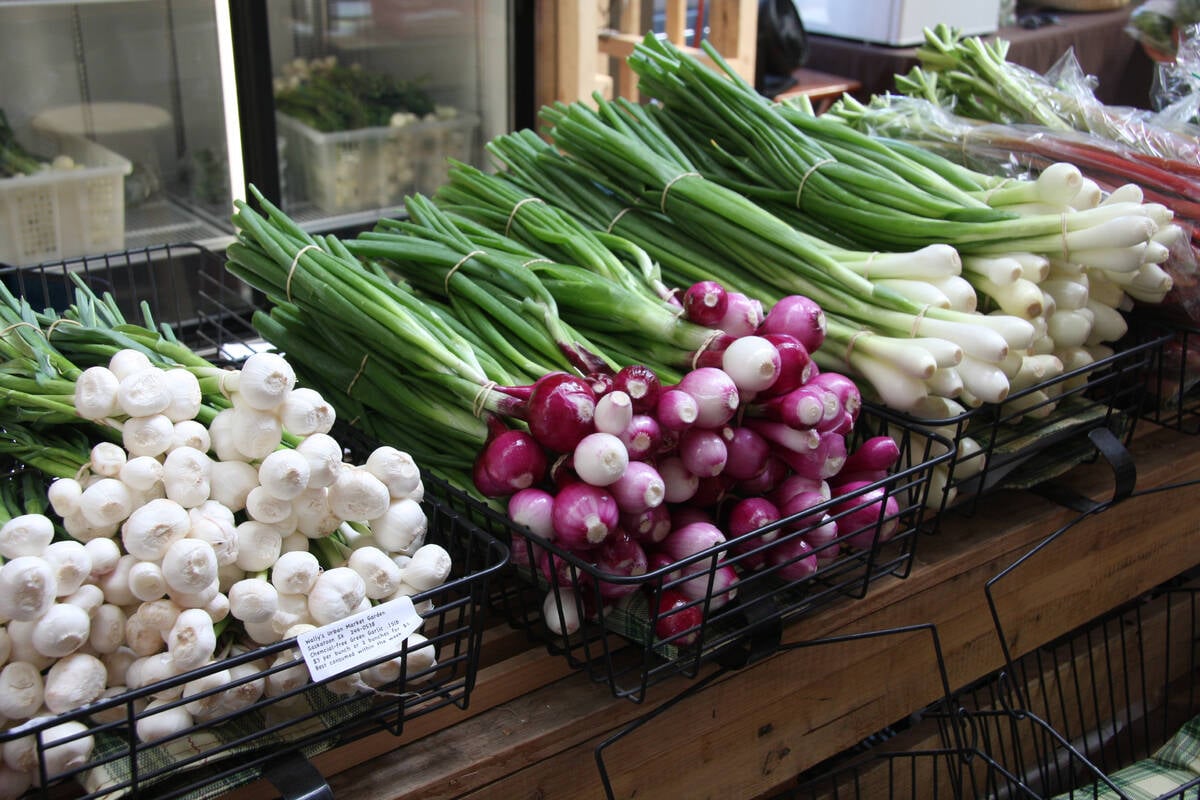
Starting a small business comes with legal considerations
This article sets out some of the legal considerations to start a business to sell home-grown product, such as vegetables, herbs, fruit or honey.
Organizers decided to highlight mending when planning for last year’s event. That festival held a mending drop-in session. This year, they expanded the idea to a full workshop led by local business Reclaim Mending, run by Anne-Marie Janzen.
“She’s helping people learn and understand better about mending their own clothes for sustainability,” Furney said. “That’s a really important thing for us and we’re very happy we’ve got folks who can help other people learn about that actively here at the festival.”
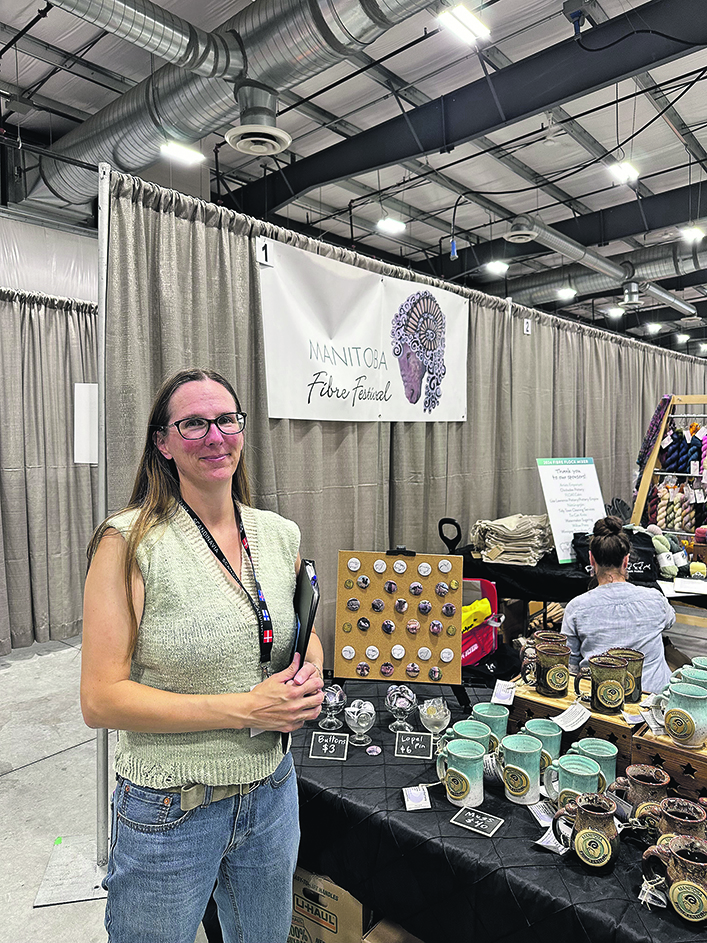
The festival features vendors, workshops and demonstrations aiming to connect local fibre farmers with the crafting community. It is held at the Red River Exhibition Grounds in Winnipeg.
This was the second year the festival has singled out a breed of the year. Last year, Shetland sheep got a moment in the spotlight. This year, it was Icelandic sheep.
“We have quite a lot of Icelandic sheep in Manitoba, as well as a lot of Shetland sheep, so that’s why we started with those two,” said Furney.
The Icelandic breed is a good fit for the Manitoba climate, she added.
“They’re a breed that does well here. Not all breeds do equally well at all parts of the world. They’re nice, hardy sheep. They’re relatively small because they haven’t been bred for meat. My understanding, from talking with folks who have raised them, is they are nice sheep to raise and are relatively docile.”
They are also unique in the fibre world because they have a dual coat. The outer coat, with long, coarse hair, is referred to as “tog,” while the shorter, softer undercoat is called “thel.”
“It’s why Icelandic yarn can be done up in what’s called lopi style,” said Furney. “If you’ve ever seen those Icelandic sweaters … they’re made from a single spun yarn that hasn’t been plied, because they have such a long fibre. Icelandic sheep are quite well known for that feature in the fleece and fibre world.”
Sheep are always a major part of the event, but other livestock species kept for their fibre are also featured.
“We have different animals on display, from different breeds of sheep to alpacas, and this year we have some Angora rabbits,” said Furney.
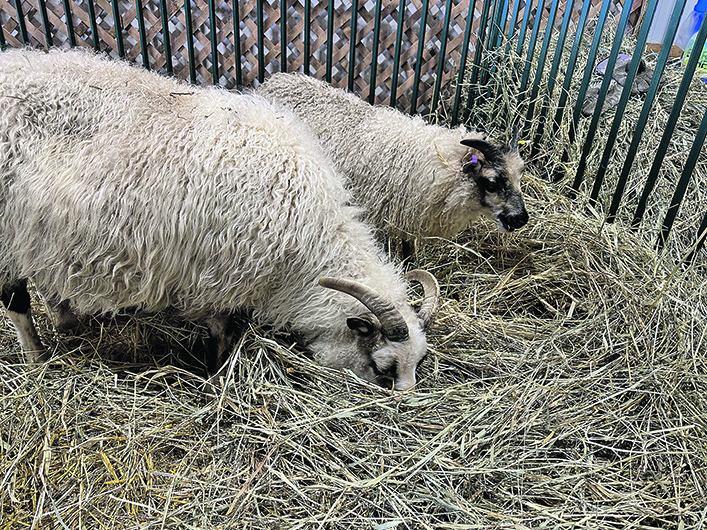
This year’s festival also saw return of the ever-popular sheep shearing demonstration. However, the workshops continue to be one of the biggest draws for the event. Furney noted that many sold out in advance.
“We have lots of really great workshops, like learning how to spin, working on felting, fabric weaving, and rug hooking is always a popular one. We really try to keep it diverse and try to mix it up.”
Vendors are also a big attraction, and this year included booths for yarn, crafts, sheepskins and other products and services associated with wool.
One of those booths was the Austin Woollen Mill, which opened earlier this year and was welcomed by wool producers due to a lack of nearby processors. The mill is now one of only two wool processing facilities in the province. The other is Long Way Homestead in Ste-Geneviève.
“It’s really wonderful for the Manitoba fibre communities. It’s another option for where they can bring their wool to be processed,” said Furney.


